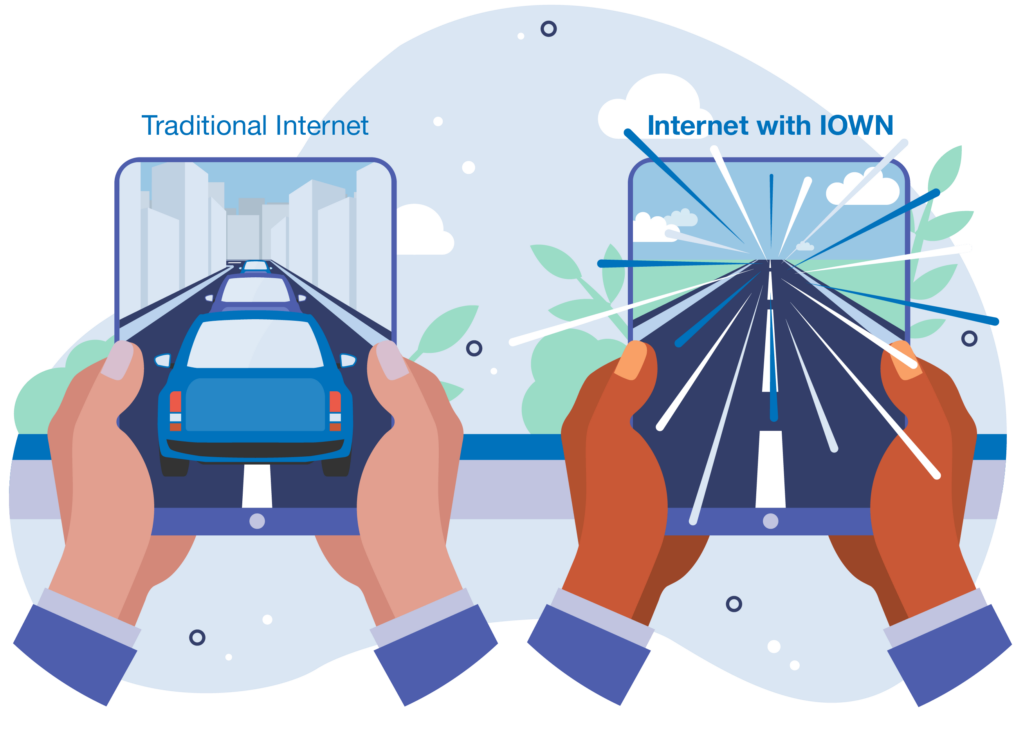As a division of parent company NTT, NTT Research, Inc. is able to proffer its own news stream and announcements. This month sees the firm announce plans to double the size of its optical research facility in 2023. The announcement was made to journalists and data analysts at NTT Upgrade 2023, the organization’s technical user, customer and partner conference held this March in San Francisco.
But, asks the majority of us who don’t spend our free time hanging around optical research facilities, what exactly does an optical research facility do?
It serves the ‘experimental needs’ of scientists who work in Physics & Informatics (PHI) who are studying Coherent Ising Machines (CIMs), which are networks of Optical Parametric Oscillators (OPOs) programmed to solve problems mapped to an Ising model.
NOTE: As every schoolboy/girl knows, the Ising model is a mathematical abstraction of magnetic systems composed of competitively interacting spins, or angular momenta of fundamental particles.
Complex, but worth it
This is massively complex technology that is deeply entrenched in massively complex mathematics, but what is happening here could well underpin the way we build and use computers in the future. Just listening to some of what is going on in the below description may give the average ERP platform user some insight into just how much backend power we are working to put into the next generation of machines.
The experimental work to be performed in the new optics lab will impact theoretical investigations of CIM (as defined above) and Boolean satisfiability (SAT) problem-solving platforms, which are a well-known class of difficult problems that can be addressed with digital heuristics, SAT problems are also a focus of the PHI Lab.
“We are excited to announce these expansion plans,” PHI lab director Yoshihisa Yamamoto said. “The new capabilities will enhance our in-house research and provide additional opportunities to collaborate with our partners, as we keep pace with evolving CIM architectures and a competitive landscape.”
NTT Research operates a headquarters facility in Sunnyvale, California as a hybrid-remote smart workplace called the NTT OneVision Center. The office features collaboration-focused spaces, working pods and offices for research staff.
The facility’s original optics lab was built around the premise of investigating high-frequency soliton ‘microcombs’ using hybrid integrated circuits and quantum simulation with exciton-polariton condensation.
(Exciton-polaritons are quasi-particles; frequency microcombs are often referred to as optical rulers; and a soliton is a wave that maintains its shape while propagating at a constant velocity — and if you’ve read this far and taken that in, we salute you.)
Optical technologies, made simples
The PHI Lab’s mission is to use optical technologies to build simple, efficient and practical solvers for real-world problems by radically redesigning analogue computers, both classical and modern, within the fundamental principles of quantum physics and brain science.
On the practical side, recently completed work on algorithms with the Tokyo Institute of Technology (Tokyo Tech) has improved the performance and scope of the CIM. One of the first applications of this collaboration is compressed sensing, a signal-processing technique used in medical imaging, astronomy and elsewhere, which requires extremely high levels of processing on existing computers to discard massive amounts of data with no useful information.
In addition to its work with Tokyo Tech, the PHI Lab is pursuing its goals through joint research with eight universities and is conducting joint research with the NASA Ames Research Center in Silicon Valley and 1QBit, a private quantum computing software company.
Key takeaways
Deep stuff? Yes it is, but that’s what NTT does and this somewhat granular story shows just how deep the technical gold seam runs beneath our modern ERP, CRM, SCM, FSM and other enterprise software suites. If we remember that the Generation Z youth of today and certainly the Generation Alpha students that will follow them will all be able to explain quantum computing superposition theory and qubits, it might just be useful for some of the Baby Boomers to ingest a little of this complexity and get to grips with digital heuristics, or at least Google a few terms for mind broadening positivity.
It’s important to remember that a lot of this technology a) shares DNA with quantum computing in general, which will inevitably form part of our enterprise software platforms after we make it past 2030 and b) this level of development sees us move from ‘electronics to photonics’ i.e. optical technologies that transmit data using light which, again, will form part of our enterprise stacks very soo,
We may not find ERP boardroom discussions tabling this level of depth this year, or even this decade, but the microcombs are coming and you can’t brush your hair with one.




